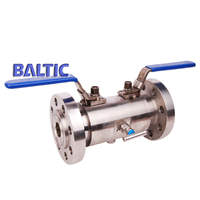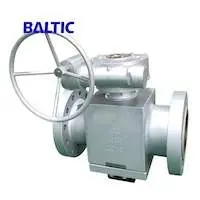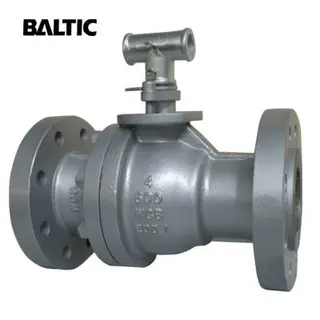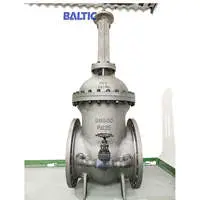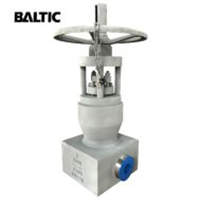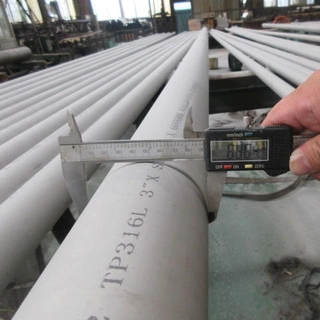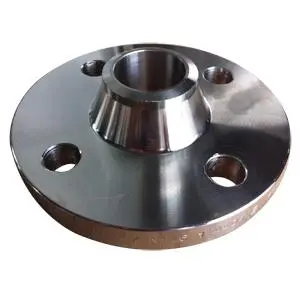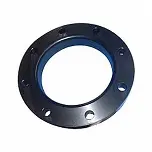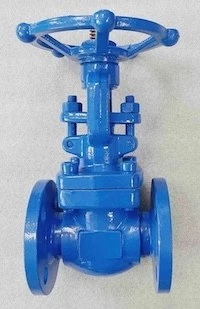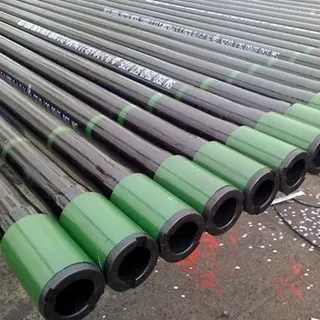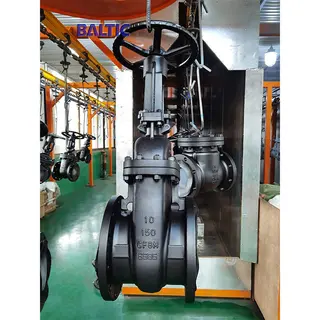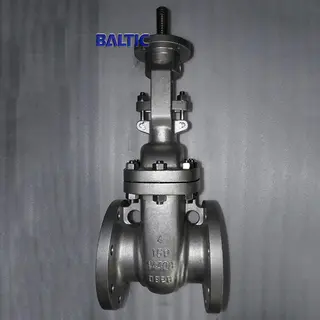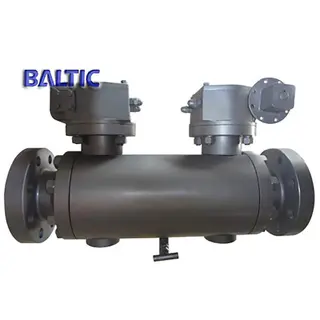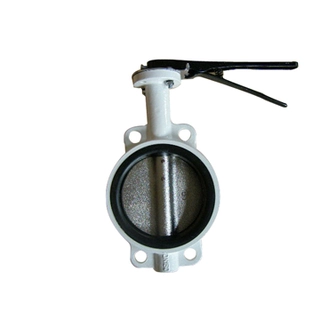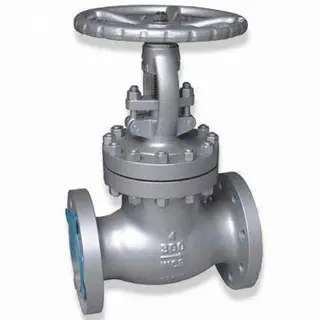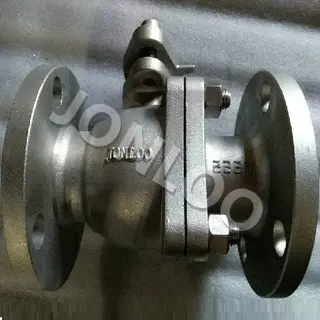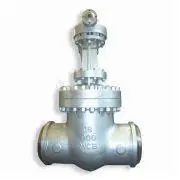Pros and Cons of Valve Applications in Industrial Systems
Abstract: Valves are essential control components widely used across various industrial sectors to accurately regulate fluid flow, pressure, and direction. A typical valve consists of a valve body, valve disc, and an actuation mechanism, with opening and closing operations driven by manual, pneumatic, hydraulic, or other mechanical means. While valves provide significant benefits in industrial applications, they also come with certain challenges and limitations. This article provides an in-depth analysis of the advantages and disadvantages of valve use to address the evolving needs of the market. Valves are valued for their stability and reliability in many applications. However, issues such as high maintenance requirements and sensitivity to environmental conditions remain concerns. In particular, the complexity of their mechanical structure leads to increased maintenance demands and higher operational costs. Continuous technological innovation and design optimization are necessary to enhance valve performance and reliability, ensuring they meet the demands of a rapidly developing industrial landscape.
1. Overview
As a key component in fluid control systems, valves are widely used across numerous industries, including petroleum, chemical, electric power, and metallurgy. In industrial production processes, valves serve critical functions such as regulating flow, controlling pressure, and isolating media. However, like any technical product, the application of valves has both advantages and disadvantages. This article aims to explore these pros and cons, analyze potential issues that may arise during actual use, and propose corresponding solutions. Through this discussion, it is hoped that valuable insights can be provided to support the innovative development of the valve industry and contribute to achieving safer and more efficient industrial operations in China. In doing so, we should not only recognize the significant role valve technology has played in advancing industrial progress, but also acknowledge its limitations in order to drive continuous improvement and development.
2. Advantages of Valve Applications
2.1 High Reliability
In the early stages of valve design, detailed demand assessments and simulation tests are conducted to ensure that the structure fully meets functional requirements under specific working conditions. This rigorous design strategy significantly reduces the risk of failure during continuous and stable operation. In the nuclear power industry, the use of RCC-M specifications in valve design ensures high reliability. RCC-M, or Rules for the Design and Construction of Mechanical Equipment of Pressurized Water Reactor Nuclear Islands, is a key standard in the French nuclear power sector. It was developed by AFCEN (the French Association for the Design, Construction and In-service Inspection of Nuclear Island Equipment) and adopted by the French government. The RCC-M specification primarily defines the technical requirements for the design and construction of mechanical equipment within the nuclear island of nuclear power plants.
The RCC-M specification is a core component of the French RCC series of nuclear power plant design and construction standards. Its original foundation is based on the U.S. light water reactor nuclear power standards. In the early 1970s, France introduced American technology and added supplementary provisions based on its own industrial practices and nuclear safety management requirements, ultimately forming the RCC series of standards. Since the first edition was published in October 1980, AFCEN has continuously updated and expanded the RCC-M specification to meet the evolving construction needs of various nuclear power projects. In China, with the introduction of French nuclear power units, RCC-M was also adopted and widely applied.
The RCC-M specification is extensively used in the design, construction, and operation of pressurized water reactor nuclear power plants. In addition to the Daya Bay and Ling'ao Phase I nuclear power plants, the specification was also applied in the design and construction of nuclear island mechanical equipment for the Qinshan Phase II project and its expansion, as well as at Hongyanhe in Liaoning, Yangjiang in Guangdong, and Fangjiashan in Zhejiang.
For valves, all materials used in the design must undergo strict quality screening. Materials such as stainless steel and alloy steel are selected for their excellent corrosion resistance, wear resistance, and mechanical strength. These properties ensure that valves can maintain their integrity and functionality in harsh environments, thereby enhancing operational reliability. Furthermore, each component undergoes rigorous quality inspection and control during manufacturing. Before delivery, valves are subjected to comprehensive performance evaluations, including sealing and pressure tests, to ensure high reliability and stability in actual operation. Thanks to the combination of these factors, valves are able to maintain long-term, stable performance, ensuring the safe and reliable operation of the entire control system.
2.2 High Maintenance Convenience
Valve design places strong emphasis on ease of maintenance and practical application. Designers aim to simplify the valve structure by minimizing the number of components, which not only reduces the likelihood of failure but also makes the design more straightforward and user-friendly. Valves such as globe valves and ball valves have relatively simple operating mechanisms, low internal fluid resistance, and refined structural designs. As a result, they do not require complex control systems, which further simplifies maintenance. Moreover, valves are typically designed using standardized components that are easy to source and replace. This interchangeability significantly improves maintenance efficiency, as faulty parts can be replaced quickly without requiring specialized parts or tools. Valves offer a variety of actuation options, including manual, electric, and pneumatic, providing flexibility to meet different operational needs. This adaptability also simplifies maintenance, as operators can choose the most suitable actuation method based on the specific application, thereby reducing maintenance complexity. Additionally, advancements in modern manufacturing technology have enhanced the precision of valve production. This improved precision ensures better alignment and fit between components, leading to smoother operation and making maintenance tasks easier and more efficient.
2.3 Wide Range of Applications
Valve design often adopts a modular approach, allowing customization based on different media types and specific temperature requirements. For instance, when handling corrosive substances, corrosion-resistant materials can be selected, while in high-temperature environments, alloys capable of withstanding elevated temperatures are more appropriate. This flexible design strategy ensures that valves can operate reliably across a wide range of industrial scenarios.
Valves can be manufactured using various alloys or specialized materials such as stainless steel, chromium alloys, and titanium alloys. These materials offer excellent corrosion resistance and high-temperature tolerance, enabling valves to handle a variety of media, including acidic, alkaline, saline, oil-based, and gaseous substances, while maintaining optimal performance. A notable example is the use of duplex stainless steel in seawater environments, as seen in the European Pressurized Water Reactor (EPR) project designed by France’s Areva. In this project, duplex stainless steel was chosen for key equipment in the nuclear island to combat corrosion caused by seawater exposure. Thanks to its superior corrosion resistance and mechanical strength, duplex stainless steel is widely applied in seawater heat exchangers, condensers, pipelines, and other components. Its use significantly reduces maintenance costs and equipment downtime, while enhancing the reliability and cost-effectiveness of nuclear power plant operations. Furthermore, its successful application supports the scientific and practical value of the RCC-M specification in material selection. Valves designed for these environments can typically operate within a temperature range of −20°C to 400°C or even higher.
In addition, mechanical valve actuation technologies are highly versatile, encompassing manual, electric, pneumatic, and hydraulic systems. This diversity enables valves to adapt to a wide range of operating environments. Whether in simple manual control setups or complex automated systems, valves are capable of meeting a broad spectrum of operational needs.
2.4 Low Production Cost
The design process of valves is relatively straightforward, avoiding unnecessary complexity and excessive functional requirements. This simplicity helps save materials and reduce manufacturing costs. The materials commonly used in valve production, such as standard steel, cast iron, and stainless steel, are widely available on the market and relatively affordable. Additionally, the mature and efficient supply chain makes these materials well-suited for large-scale production.
Mass production of valves not only lowers the cost per unit but also helps distribute fixed costs more effectively. Furthermore, the manufacturing processes for valves, such as casting, machining, and assembly, are highly developed. These mature techniques enhance production efficiency while reducing overall costs. Standardized design also enables component interchangeability, minimizes the need for specialized molds and tools, and further cuts manufacturing expenses. Moreover, due to the simple structure of valves, testing and inspection procedures are relatively uncomplicated, which contributes to additional cost savings.
3. Disadvantages of Valve Applications
3.1 Limited Pressure Capacity
Valves are designed for specific applications, meaning that their maximum pressure tolerance is carefully considered during the design phase. While materials such as carbon steel, stainless steel, and various alloys are commonly used for their strength, each has a defined pressure limit. If this limit is exceeded, the valve structure may deform or even rupture, leading to leakage or other types of failure. The key sealing components, such as valve discs and gaskets, are also designed to operate within a certain pressure range. Excessive pressure can cause these components to deform or fail, compromising the seal and resulting in leakage. Additionally, the valve’s actuator and connection points are vulnerable to external mechanical forces. If the valve experiences excessive pressure, the actuator may be damaged due to overload, and connection parts may loosen or break under the stress. Even though valves are often engineered to handle high-pressure environments, poor manufacturing quality or improper installation can reduce their actual pressure capacity, making them more likely to fail under conditions they were theoretically designed to withstand.
3.2 Limited Material Selection
When selecting valves, appropriate materials must be chosen based on their intended application. For instance, valves used in nuclear power plants must withstand radioactive environments and corrosive substances, while those used in conventional thermal power plants or the oil and gas industry must endure extreme conditions such as high temperatures and high pressures. This necessitates the use of materials with excellent corrosion resistance, wear resistance, and high-temperature tolerance. However, materials that meet these performance requirements are often limited and come at a relatively high cost.
In routine applications, the service life and maintenance costs of valves become key considerations. Although high-performance materials can enhance valve service life and reliability, they also drive up production and maintenance expenses. As a result, a careful balance between performance and cost must be maintained during material selection. Additionally, the design of each valve type is tailored to specific flow and pressure conditions. For example, ball valves are better suited for high-speed, high-flow environments, while gate valves are more appropriate for low-speed, low-flow situations. Therefore, the specific design and material choice must align with the intended operating conditions, which ultimately limits the range of practical applications.
3.3 Poor Regulation Performance
During the opening and closing phases of a valve, it is difficult to precisely control the sealing gap between the valve core and the valve seat. Compared to electrical equipment, this limitation reduces the valve's ability to accurately manage flow and pressure in real-world operations. Valves typically use manual, electric, or pneumatic actuators, but in practice, these drive methods can be affected by external factors such as power supply fluctuations or changes in air pressure. As a result, precise control over valve positioning may be compromised. Moreover, over extended periods of use, internal components such as the valve core and valve seat inevitably experience wear and degradation. This wear negatively impacts both the sealing capability and regulation performance of the valve. These issues are closely linked not only to the material properties and operating environment but also to the valve’s design quality and manufacturing standards.
3.4 Manual Operation or Auxiliary Equipment Required
Most conventional valves rely on manual operation, which limits their ability to support automated control systems. Manual operation requires an operator to physically turn a handwheel or handle to open or close the valve. While this method is relatively simple and easy to implement, it is labor-intensive and does not allow for remote or automated operation. This lack of automation can reduce efficiency and increase operational costs, especially in large-scale or high-risk industrial environments.
Send your message to this supplier
Related Articles from the Supplier
Types and Selection of Electric Valves
- Dec 01, 2020
Gate Valves of DN600 and PN25
- Jun 22, 2022
Inspection and installation of valves (part one)
- Sep 18, 2018
Related Articles from China Manufacturers
Pros and Cons of High Temperature Butterfly Valve
- Dec 28, 2020
Industrial valve and pipe installation instructions
- Oct 13, 2019
Pros and Cons of Stainless Steel Flanges
- Dec 12, 2014
The Pros and Cons of Flanges
- Dec 28, 2020
Petrochemical special industrial valve applications
- May 26, 2020
Standards of the Pros and Cons of Kids Wear
- Feb 08, 2017
Categories and Applications of OCTG
- Nov 11, 2016
Related Products Mentioned in the Article
balticvalve
- http://www.baltic-valve.com/
- Address: 厦门市思明区新景海韵园225号602室
- Phone: 0592-8266140
- Business Type: Trading,
Supplier Website
Source: https://www.baltic-valve.com/pros-and-cons-of-valve-applications-in-industrial-systems.html

